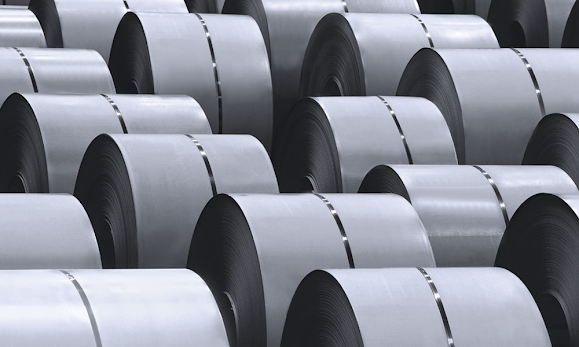Exploring the Manufacturing Process of Hot Rolled Steel Sheets
Hot-rolled steel sheets are essential in various industries, from construction to automotive manufacturing. These sheets are known for their durability, versatility, and cost-effectiveness. But have you ever wondered how these sheets are produced? Let's learn about the manufacturing process of hot-rolled steel sheets, from the raw materials to the final product.
Raw Materials
The journey of hot-rolled steel sheets begins with selecting high-quality raw materials. The primary material used is steel, typically in hot-rolled mild steel slabs. These raw materials are chosen based on their composition and properties to ensure that the resulting steel sheets meet the required specifications.
Heating and Rolling
Once the raw materials are sourced, they undergo a series of processes to transform them into hot-rolled steel sheets. The first step is heating. The steel billets or slabs are heated to a temperature that exceeds their recrystallization point. This process is carried out in a furnace, and the high temperature makes the steel more malleable and easier to work with.
After heating, the hot rolled mild steel is passed through a series of rolling mills. These mills consist of a set of rollers that gradually reduce the thickness of the steel while increasing its length. The rolling process is crucial for shaping the steel and achieving the desired thickness for the hot-rolled sheets. The rollers exert immense pressure on the heated steel, causing it to elongate and become thinner.
Cooling
Once the steel has been rolled to the desired thickness, it is rapidly cooled to room temperature. This cooling process, known as quenching, is crucial for setting the microstructure of the steel and improving its mechanical properties. Rapid cooling helps in achieving a fine-grained structure, which enhances the strength and toughness of the steel.
Coiling and Cutting
After the steel has been cooled, it is coiled into large rolls or cut into smaller sheets, depending on the intended application. Coiling is often used for industrial applications where large quantities of steel are needed, while cutting is preferred for smaller, more specialized applications.
Surface Treatment
Hot-rolled steel sheets may undergo surface treatments to improve their appearance and corrosion resistance. These treatments can include pickling, where the steel is immersed in an acid solution to remove any scale or oxides formed during the hot rolling process. A thin layer of oil or other protective coatings may also be applied to prevent rusting.
Final Inspection and Quality Control
Before the hot-rolled steel sheets are ready for distribution, they undergo a thorough inspection and quality control process. This involves checking the sheets' dimensions, surface finish, and mechanical properties to ensure they meet the specified standards and customer requirements. Any sheets that do not meet the quality standards are either reprocessed or discarded.
Trusted by Industries: JSW Steel's Legacy of Quality
Hot-rolled steel sheets are an indispensable component in various industries, and the intricacies of their manufacturing process underscore the importance of choosing a reliable and exceptional manufacturer. In this context, one name stands out in India's steel industry – JSW Steel.
JSW Steel has consistently proven itself as India's premier hot-rolled steel sheet manufacturer. Their commitment to excellence begins with carefully selecting the finest raw materials, ensuring that each sheet they produce meets the highest quality standards.
Through a meticulous process that involves heating, rolling, cooling, and rigorous quality control measures, JSW Steel ensures that its hot-rolled steel sheets consistently outshine the competition. Choose JSW Steel – where quality meets excellence and hot-rolled steel sheets are perfectly forged.



Comments
Post a Comment